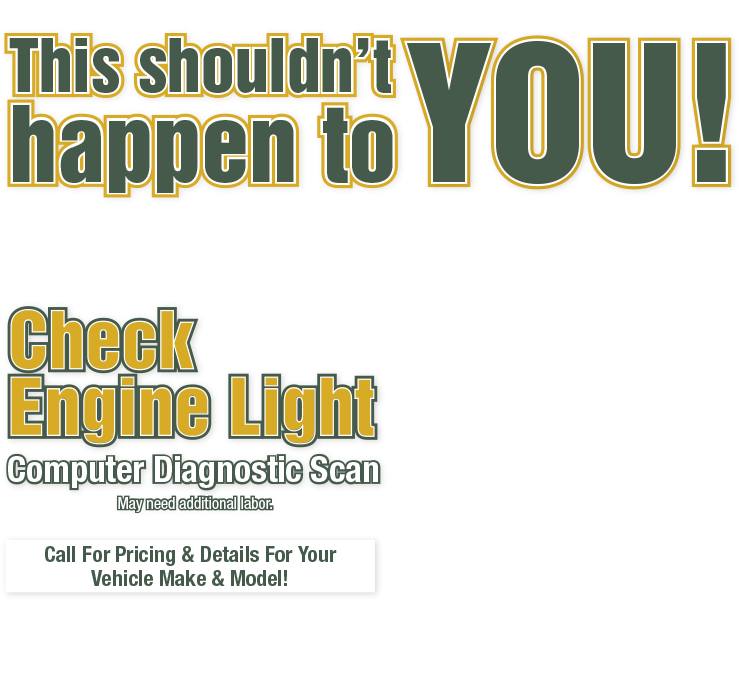Service Center Standard and Procedures
May 6, 2018
All Ohio pilots have checklists for every aspect of flying. They always use their checklists even if they only have two steps on them. They do this simply because a checklist is a great way to not forget steps. It is also how they can assure a predictable outcome.
That is why Tiffin automotive service centers including Courtesy Auto Repair Plus have procedural standards for each service they perform. Courtesy Auto Repair Plus technicians are trained step by step. And they perform the procedures step by step, the same way each time. By training to procedural standards, Ohio service centers can assure a quality outcome. The job is done right every time and Tiffin customers leave happy with how their vehicle performs.
Each company trains its technicians to standards. The Ohio automotive industry as a whole is very committed to standards of excellence and encourages individual Ohio service center operators to apply them to every vehicle they service.
An example is how Courtesy Auto Repair Plus grades problems and communicates their recommendations. If your service advisor tells you that a repair or replacement is required it must meet the following criteria:
The part no longer performs its intended purpose
The part does not meet a design specification
The part is missing
They may suggest repair or replacement:
If the part is close to the end of its useful life - just above discard specifications or likely to fail soon
To address a customer need or request - like for better ride or increased performance
To comply with maintenance recommended by the vehicle manufacturer
Based on the technician's informed experience
Here are some examples:
An exhaust pipe has rusted through and is leaking. Replacement is recommended because the part has failed. If the pipe were rusted, corroded or weak but not leaking, the technician may suggest it be replaced because it is near the end of its useful life and replacing it now may be more convenient for the customer.
Suppose a customer wants to improve his car's handling, but his shocks haven't failed. The may suggest replacement of the shocks to satisfy the customer's wishes.
Under these guidelines the Tiffin car repair shop must refuse partial service of a required repair if the repair creates or continues an unsafe condition.
Let's say a customer has a cracked brake rotor. This is a dangerous condition that must be repaired. If the customer does not want to replace the rotor but instead just wants new brake pads installed, the shop must ethically refuse the partial repair. That can be an upsetting conversation, but understanding that Tiffin service centers operate under service standards and procedures is comforting. You want your service to be done right and to have confidence in your technician's recommendations.
The Ohio automotive service industry and Courtesy Auto Repair Plus want the best for you and for you to keep coming back.
Courtesy Auto Repair Plus
967 Bon Air Ave
Tiffin, Ohio 44883
419-443-0797
http://www.courtesyautorepairplus.com
More articles from Courtesy Auto Repair Plus

A Clean Start (Battery Cleaning)
December 21, 2025
Your vehicle is loaded with electrical devices. Computerized components are everywhere, so good electrical connections are important. Those begin with your vehicle's battery, so it's important that its connections are in top shape. Ever had a flashlight that didn't work, took out the old batteri... More

Don?t Skip Out on These! (Vehicle Maintenance Items You Should Never Postpone)
December 14, 2025
Maybe that little sticker on your windshield is giving you the reminder that its time for your vehicle to have an oil change. Youve thought, Aw, I can skip this one and save myself a little money. When it comes to things you should never ignore on your vehicle, timely oil changes are number one... More

Why Maintaining Your Windshield Wipers and Washers Matters (Windshield Wiper and Washer Inspection)
December 7, 2025
What do mud, bird droppings and frost all have in common? When theyre covering your windshield, they can temporarily obscure your view of the road, leaving you driving blind. And when you cant see the road clearly ahead of you, it can be really scary. Thats one of the reasons its important to m... More







